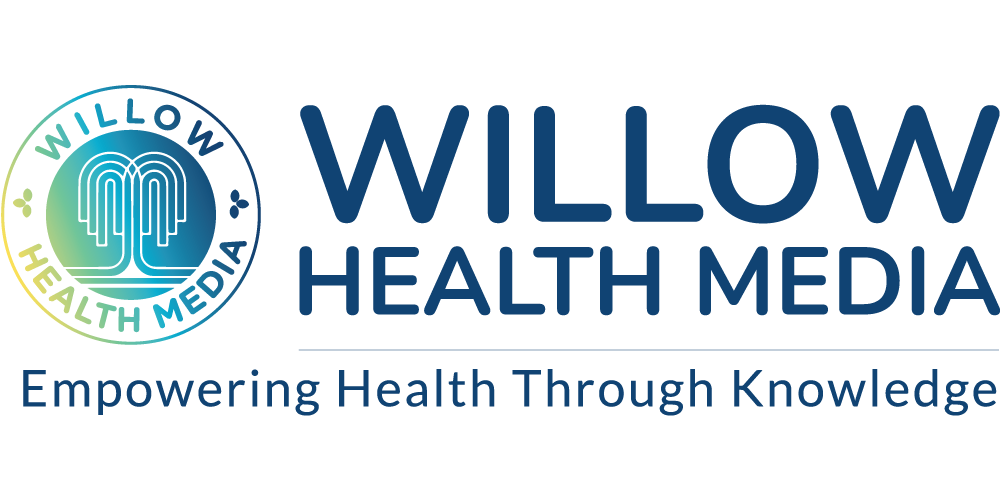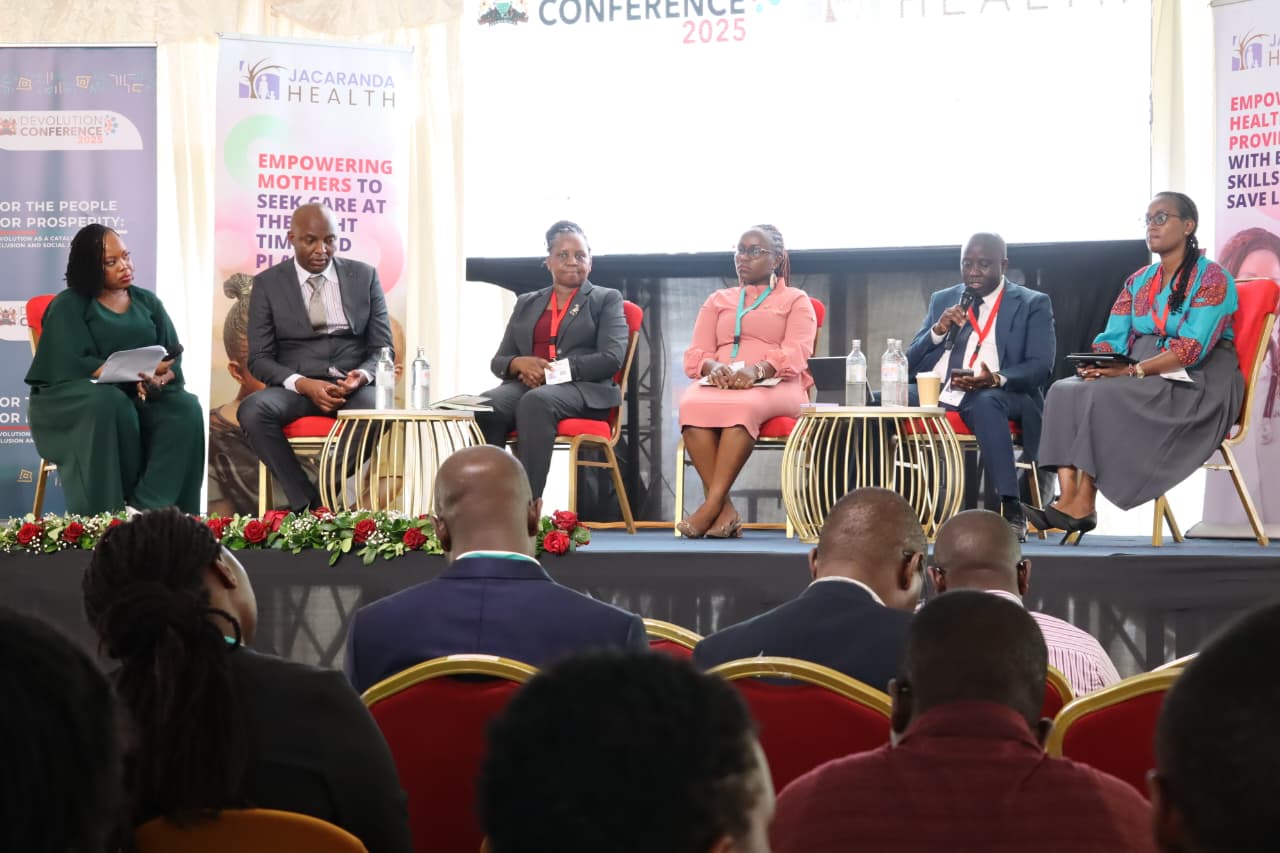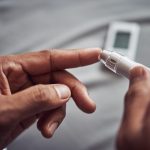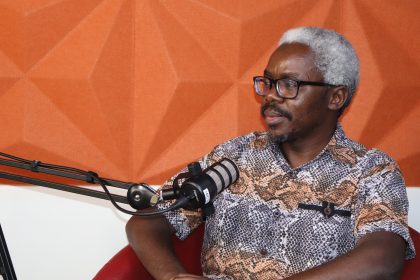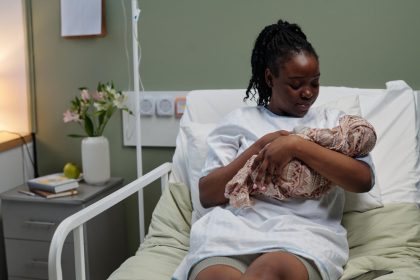Participants made a clear consensus: Kenya must move beyond donor dependency and develop sustainable models that keep digital health alive.
On the sidelines of the recently concluded 2025 Devolution Conference in Homa Bay County, leaders and innovators converged for a special session themed Health and Technology: Leveraging Emerging Technology to Achieve Universal Health Coverage (UHC), where they brainstormed how Kenya can harness digital innovation to expand access to health, strengthen governance, and deliver on the promise of UHC.
The side event, moderated by Willow Health Media’s Digital Editor, Sara Okuoro, brought together senior government officials, county leaders, technologists, development partners, and community representatives.
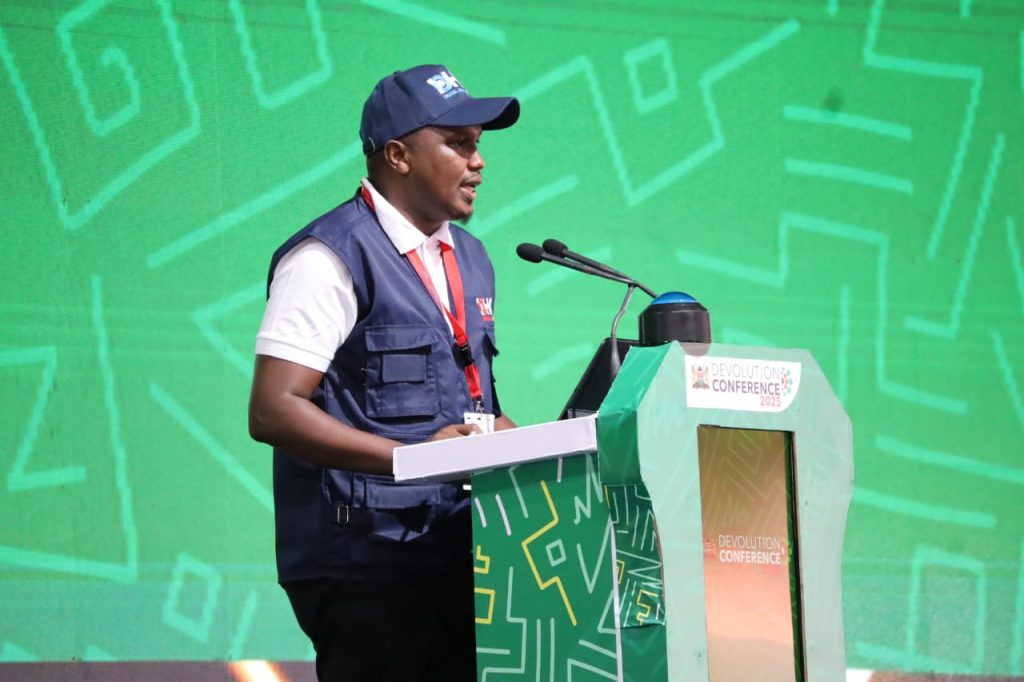
The keynote speech delivered by Engineer Antony Lenaiyara, CEO of the Digital Health Agency, underscored the role of technology as a backbone for health system efficiency.
He called for investment in infrastructure, interoperable systems, and human resource capacity to ensure that digitisation becomes integral to everyday service delivery.
“Universal Health Coverage is not only about financing, but also about accessibility, quality, and trust,” he said. “Digital tools give us a chance to strengthen all three simultaneously, if we commit to building them inclusively.”
Counties need systems that speak to each other, policies that protect citizens’ data
Counties have been key drivers of Kenya’s digital health agenda, with Murang’a Governor Irungu Kang’ata sharing perspectives on what devolved units need to sustain innovation. He emphasised the importance of supportive national policy frameworks, sustainable financing, and functional coordination between the Ministry of Health, the Ministry of ICT and Digital Economy, and counties.
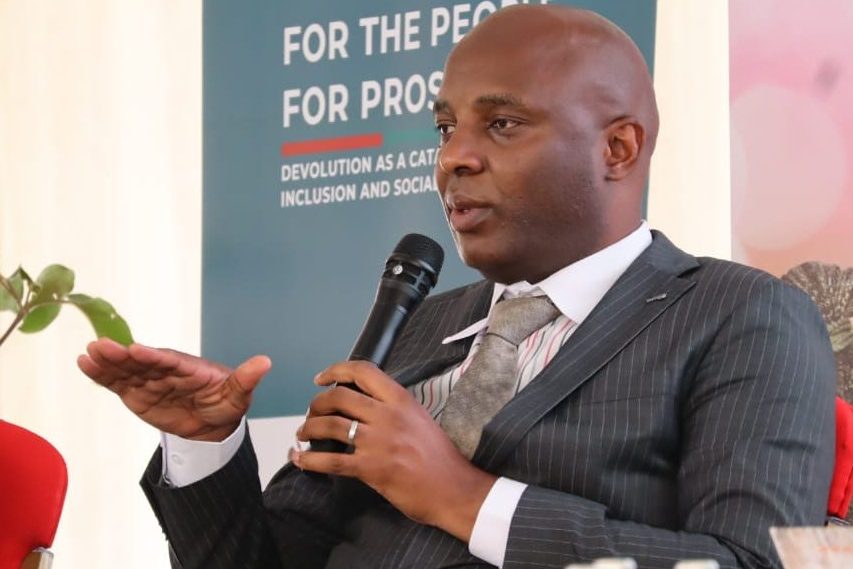
“We must avoid fragmentation and duplication,” Kang’ata noted. “Our counties need systems that speak to each other, policies that protect our citizens’ data, and financing models that ensure sustainability once donor support tapers off.”
Kang’ata highlighted that counties, especially in underserved areas, face real challenges, unreliable electricity, limited internet connectivity, and low levels of digital literacy among health workers. He called on development partners to support infrastructure, mentorship programmes, and county-driven innovation hubs that can tailor solutions to local needs.
Dr Ouma Oluga, Principal Secretary for Medical Services, outlined the Ministry of Health’s efforts to harmonise digital solutions across the 47 counties. He pointed to the rollout of the Electronic Community Health Information System (eCHIS), now used by over 96,000 Community Health Promoters (CHPs) nationwide.
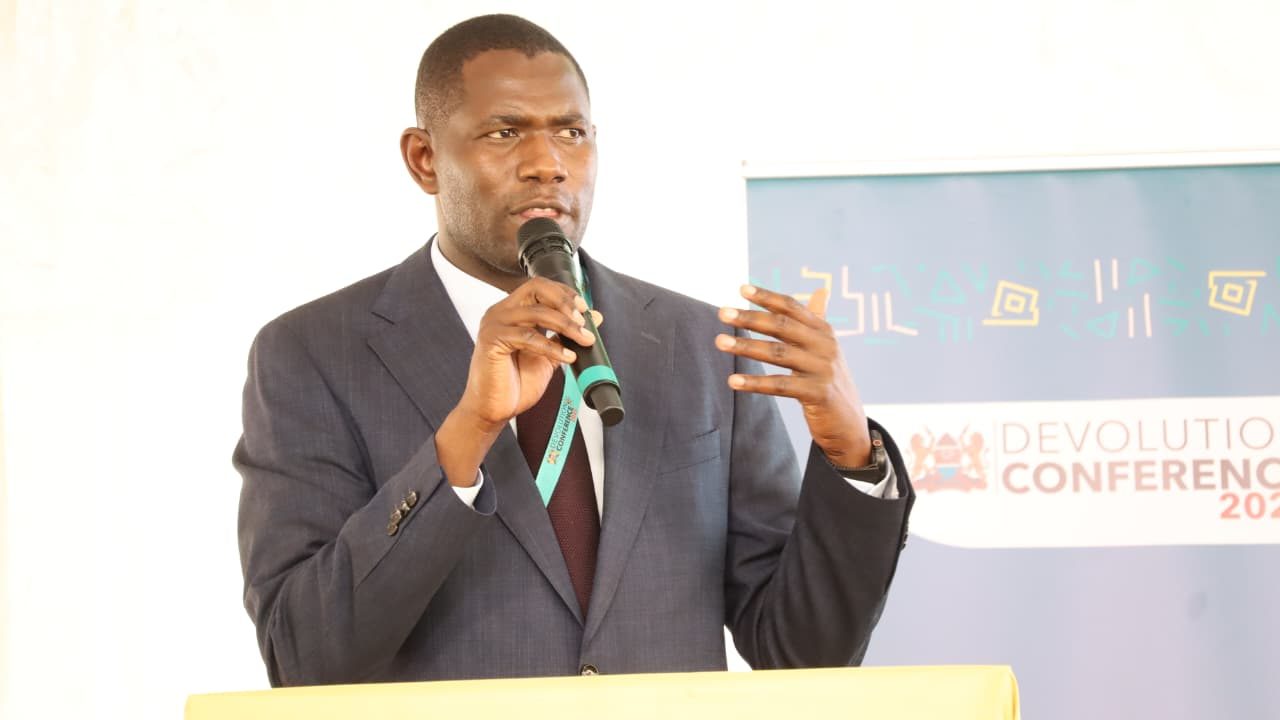
“eCHIS is a game-changer for primary health care,” Oluga said. “It has improved data quality, enabled real-time decision-making, and empowered CHPs to deliver preventive services more effectively. The Ministry is committed to embedding such systems into public health financing so that they remain sustainable.”
He added that forums such as the Intergovernmental Health Sector Forum are critical in ensuring collaboration between the two levels of government, avoiding siloed approaches and maximising collective resources.
Listening to mothers in real time has helped improve outcomes and build trust in the health system
One of the most discussed innovations was PROMPTS (Promoting Mothers during Pregnancy/Postpartum Through SMS), Jacaranda Health’s two-way SMS platform providing lifesaving information to mothers during pregnancy and postpartum.
Lucy Mulili, Deputy Governor of Makueni County, shared how the county has fully rolled out PROMPTS across all facilities, recording measurable improvements in maternal and newborn health.
Mulili said the revolutionary system had reported a 20 per cent increase in mothers attending at least four antenatal visits, 90 per cent of high-risk mothers flagged by PROMPTS receiving timely hospital care, a doubled uptake in postpartum family planning services, and 89 per cent exclusive breastfeeding rates among mothers enrolled.
“By listening to mothers in real time and acting on their feedback, we are not only improving outcomes, but also building trust in the health system,” Mulili said.
The voice of the community was represented by Moreen Maria, a beneficiary and implementer of PROMPTS. She shared her experience using the platform during pregnancy and later helped other women enrol.
“The two-way SMS system was my lifeline,” she said. “It gave me timely information, answered my questions, and reminded me about appointments. More importantly, it gave me a voice. I could give feedback about the care I received and feel that it mattered.”
Digital health is central to efficiency, accountability, and saving lives
Maria noted that since PROMPTS was introduced, mothers are more proactive, attending clinics on time, seeking help earlier for danger signs, and even demanding respectful maternity care.
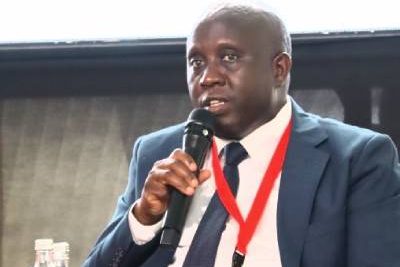
Engineer John Kipchumba Tanui, Principal Secretary, State Department for ICT & Digital Economy, called for stronger alignment between health and ICT investments. He highlighted the potential of broadband expansion, cloud-based health data systems, and local innovation ecosystems to fast-track progress towards UHC.
“Digital health must not be an afterthought. It is central to efficiency, accountability, and ultimately, saving lives,” Tanui said.
Cynthia Kahumbura, Co-Executive Director of Jacaranda Health, reinforced the need for strong public-private partnerships (PPPs). She noted that solutions like PROMPTS succeed when governments commit to scaling them, when development partners provide catalytic support, and when communities actively participate.
“Our goal is to ensure no mother is left behind,” Kahumbura said. “Technology is powerful, but it must be simple, accessible, and embedded in existing health systems to truly deliver.”
Collaboration at the core of Kenya’s digital health journey
Throughout the session, speakers highlighted a common theme: Kenya’s digital health journey cannot succeed without alignment at every level. Policies and governance must provide the compass for investment, while strong infrastructure, especially reliable power and connectivity in rural counties, remains a non-negotiable foundation.
At the same time, they agreed that people matter as much as systems. Capacity building for health workers and ICT officers was highlighted as the bridge between ambition and reality, ensuring that digital tools are not only introduced but sustained.
Financing was another thread woven through the dialogue. The consensus was clear: Kenya must move beyond donor dependency and develop sustainable models that keep digital health alive long after the pilot’s end. And at every step, community voices must remain central, shaping solutions that are inclusive, equitable, and responsive to real needs.
Closing the session, moderator Sara Okuoro captured the spirit in the room: “This dialogue shows that Kenya’s digital health future will be built not just by technology, but by collaboration, between counties and national government, between innovators and policymakers, and between mothers and the health system that serves them.”
What began as a discussion of challenges ended with a collective resolve. Participants left with a renewed commitment to invest in inclusive, sustainable, and transformative health technologies, tools not just for efficiency, but for bringing Kenya closer to the promise of Universal Health Coverage.
